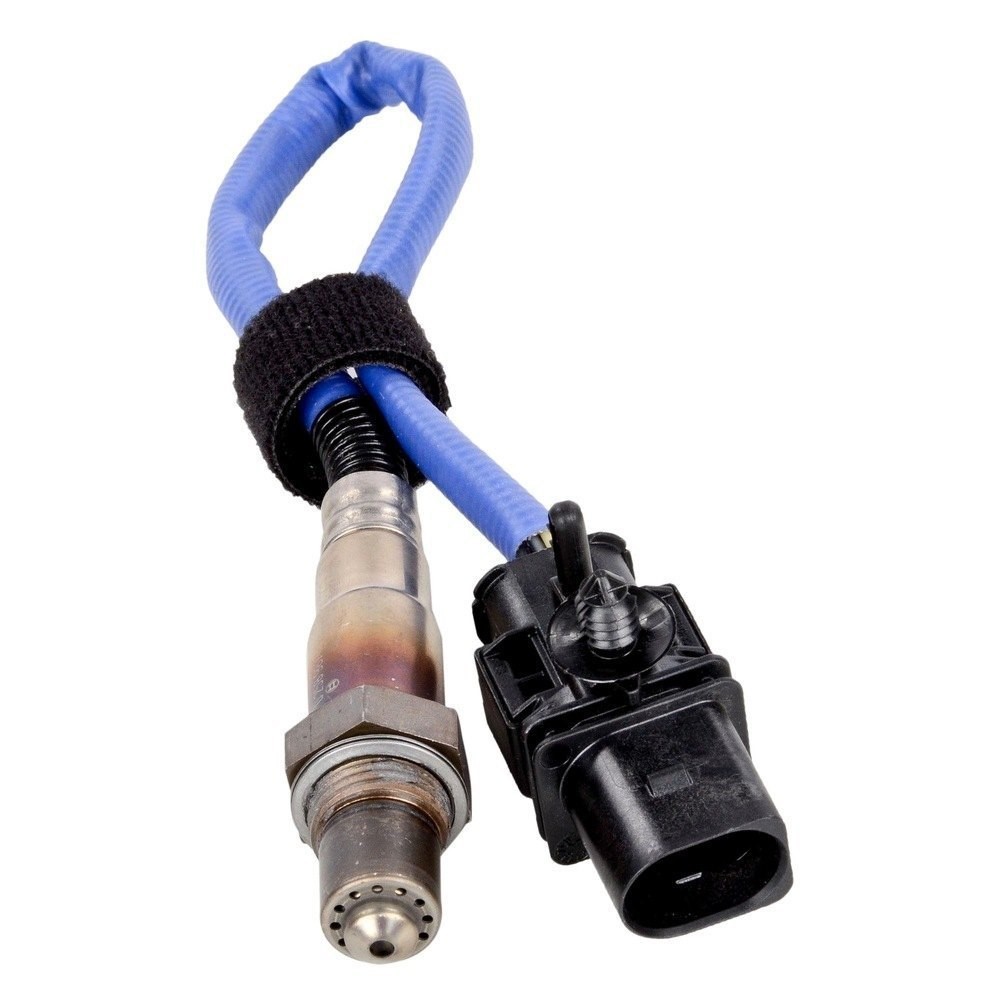
Oxygen sensor replacement is a critical maintenance task for vehicles. Learn about the benefits, types of services, and how to find a reliable mechanic in Lawrence, Indiana.
<meta name=Oxygen sensor replacement in Lawrence, Indiana>
Oxygen Sensor Replacement in Lawrence, Indiana: A Comprehensive Guide
Foreword
Hi, car owner! Oxygen sensors play a vital role in your vehicle’s performance and emissions control. If you’re experiencing any issues with your car’s engine, it’s crucial to consider oxygen sensor replacement. In this article, we’ll delve into the importance, benefits, and service types of oxygen sensor replacement in Lawrence, Indiana. Read on to learn how to keep your vehicle running smoothly and efficiently.
Introduction
Oxygen sensors are essential components of a vehicle’s engine management system. They monitor the amount of oxygen in the exhaust gas and send signals to the engine computer, which adjusts the fuel mixture accordingly. Accurate oxygen sensor readings ensure optimal engine performance, reduce emissions, and enhance fuel efficiency. Here are the key reasons why oxygen sensor replacement is important:

Advantages of Oxygen Sensor Replacement in Lawrence, Indiana
-
Improved Engine Performance: A faulty oxygen sensor can cause a lean or rich fuel mixture, leading to reduced engine power, hesitation, and increased emissions. Replacing it restores optimal air-fuel ratio, improving engine performance and drivability.
-
Enhanced Fuel Efficiency: A malfunctioning oxygen sensor can cause the engine to run inefficiently, wasting fuel. Replacing it ensures accurate fuel adjustments, reducing fuel consumption and saving you money in the long run.
-
Reduced Emissions: Oxygen sensors play a crucial role in reducing tailpipe emissions. By monitoring the exhaust gas, they ensure that the catalytic converter operates effectively, minimizing the release of harmful pollutants.
-
Extended Catalytic Converter Lifespan: A faulty oxygen sensor can cause the catalytic converter to overheat and fail prematurely. Replacing the sensor prevents excessive heat buildup, extending the life of the catalytic converter and reducing the risk of costly repairs.
-
Increased Engine Longevity: A well-maintained engine with properly functioning oxygen sensors operates more efficiently, reducing wear and tear on critical components. This contributes to overall engine longevity and reliability.
-
Improved Vehicle Safety: Oxygen sensors help ensure that your vehicle’s emissions control system is functioning properly. This reduces the risk of harmful emissions entering the passenger cabin, enhancing vehicle safety.
-
Enhanced Vehicle Resale Value: A well-maintained vehicle with functioning oxygen sensors is more likely to command a higher resale value. Replacing a faulty sensor before selling your car can increase its value.
Service Types in Oxygen Sensor Replacement in Lawrence, Indiana
-
Oxygen Sensor Diagnosis: Mechanics use diagnostic tools to identify faulty oxygen sensors by monitoring exhaust gas readings. This involves testing the sensor’s voltage output and response time.
-
Upstream Oxygen Sensor Replacement: The upstream oxygen sensor is located in the exhaust manifold and measures the oxygen content of the exhaust gas before the catalytic converter. Replacing it is essential for engine air-fuel ratio control.
-
Downstream Oxygen Sensor Replacement: The downstream oxygen sensor is located after the catalytic converter and monitors its efficiency. Replacing it ensures proper exhaust gas monitoring and prevents emissions issues.
-
Oxygen Sensor Wiring Repair: Electrical problems can affect oxygen sensor functionality. Mechanics can diagnose and repair faulty wiring to restore sensor operation.
-
Oxygen Sensor Socket Replacement: The oxygen sensor socket is a component that holds the sensor in place. If it becomes damaged or loose, it can cause sensor malfunction. Replacing it ensures a secure and proper connection.
-
Exhaust System Inspection: Oxygen sensors are part of the exhaust system. During replacement, mechanics inspect the entire exhaust system for any leaks or damage that could affect sensor performance.
-
Post-Replacement Testing: After replacing the oxygen sensor, mechanics perform a test drive to verify proper operation and ensure that the engine is running optimally.
 Car Repair One Gate One Solution
Car Repair One Gate One Solution